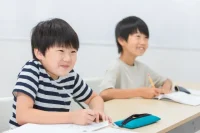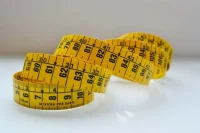What is the kindergarten system in Japan? How it works and annual events
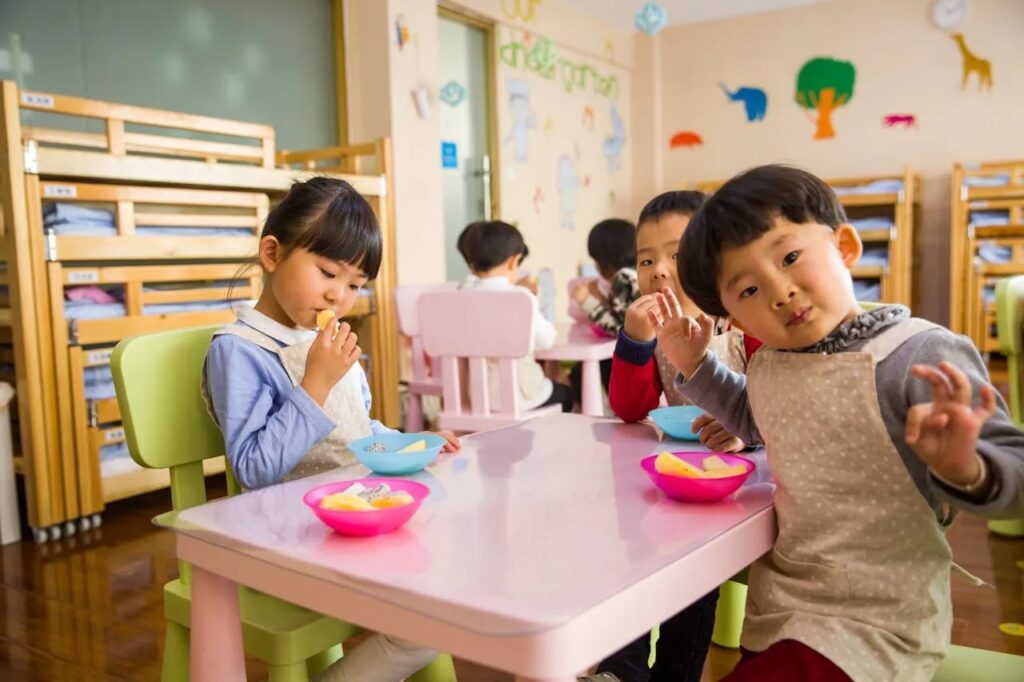
Many people may have trouble understanding how Japanese kindergartens work. In particular, those who have come to Japan from abroad may be puzzled by the differences from their home country. Kindergartens in Japan are operated by a variety of entities, ranging from public facilities established by local governments to private facilities run by the private sector. Among private kindergartens, it is not uncommon to find private operators that operate only kindergartens. This is in contrast to the United States, for example, where it is common for kindergartens to be attached to schools.
In this article, we will explain in detail the Japanese kindergarten system and the ages at which children are allowed to enter kindergarten for non-Japanese. We will also introduce the annual events and schedule of a year when a child enters kindergarten, so you will be able to get an idea of kindergarten life in Japan. If you read this article to the end, you will have a deeper understanding of the Japanese kindergarten system.
If you would like to learn more about the Japanese education system, we also recommend the following articles.
▶︎ How does the Japanese education system work? Explanation of the age to attend, timetable, etc.
▼Goandup Picks Click here for recommended articles!
- Required before studying abroad! Goandup Nihongo+, an online Japanese language learning service
- This page introduces services for foreigners who wish to study in Japan or improve their Japanese language skills to learn Japanese online.
- Goandup Salon" community for foreigners living in Japan
- We introduce an online community where foreigners living in Japan can exchange information and interact with each other to support their life in Japan.
- Goandup Study" supports foreigners who want to study in Japan.
- This section introduces study abroad support services that provide comprehensive support to foreigners who wish to study in Japan, from preparation for study abroad to living in Japan.
- Where can I buy a prepaid SIM in Japan? Recommended SIM cards for foreigners are also introduced.
- How to purchase a prepaid SIM and suitable SIM cards for foreigners.
- The Complete Guide to Pocket Wi-Fi in Japan for Foreigners!
- We introduce how to select and recommend pocket Wi-Fi products that can be used conveniently in Japan.
- The Complete Guide to Finding a Job in Japan! Finding a job, changing jobs, and part-time work for foreigners
- This site provides foreigners who want to work in Japan with comprehensive information on how to find a job, recommended job sites, and other information necessary to find a job.
kindergarten is Japanese for "kindergarten (yochien).
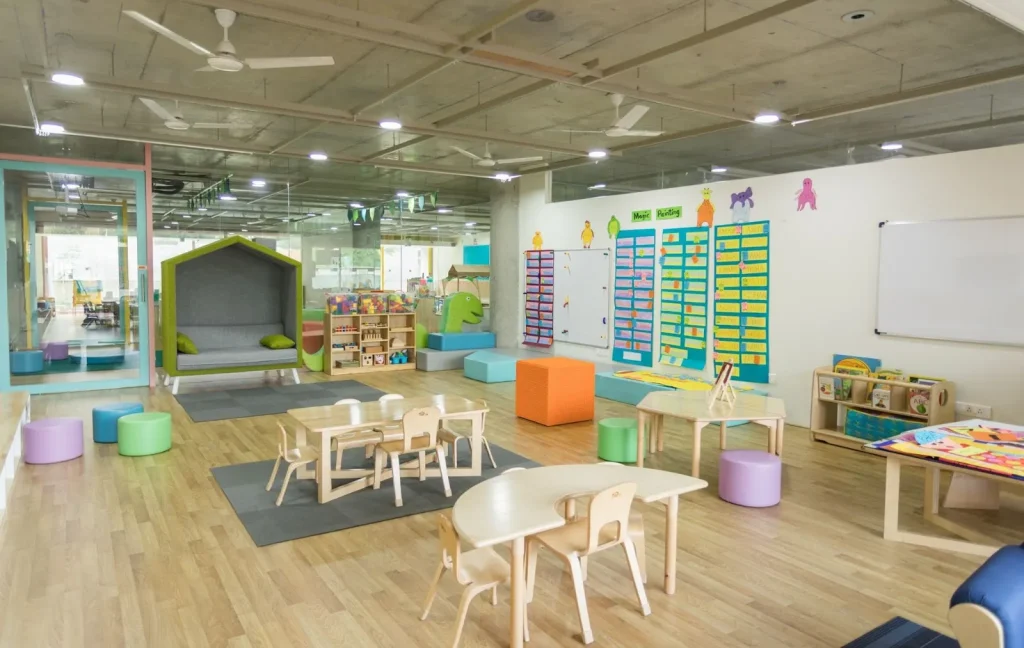
Kindergarten" is translated as "kindergarten (yochien)" in Japanese. Kindergarten is an educational facility for children between the ages of 3 years old and elementary school age. The purpose of a kindergarten is to provide an appropriate environment for young children and to foster their physical and mental development.
Kindergartens in Japan are operated by a variety of entities, ranging from public facilities established by local governments to private facilities run by the private sector. It is not uncommon for some private operators to operate only kindergartens. This is in contrast to the United States, for example, where it is common for kindergartens to be attached to schools. In Japan, kindergartens are often operated as stand-alone facilities.
Generally, when a child turns three years old, he or she enters either a kindergarten or a nursery school. There is a clear difference between the two, which we will discuss in more detail in the next section.
The difference between kindergarten and preschool
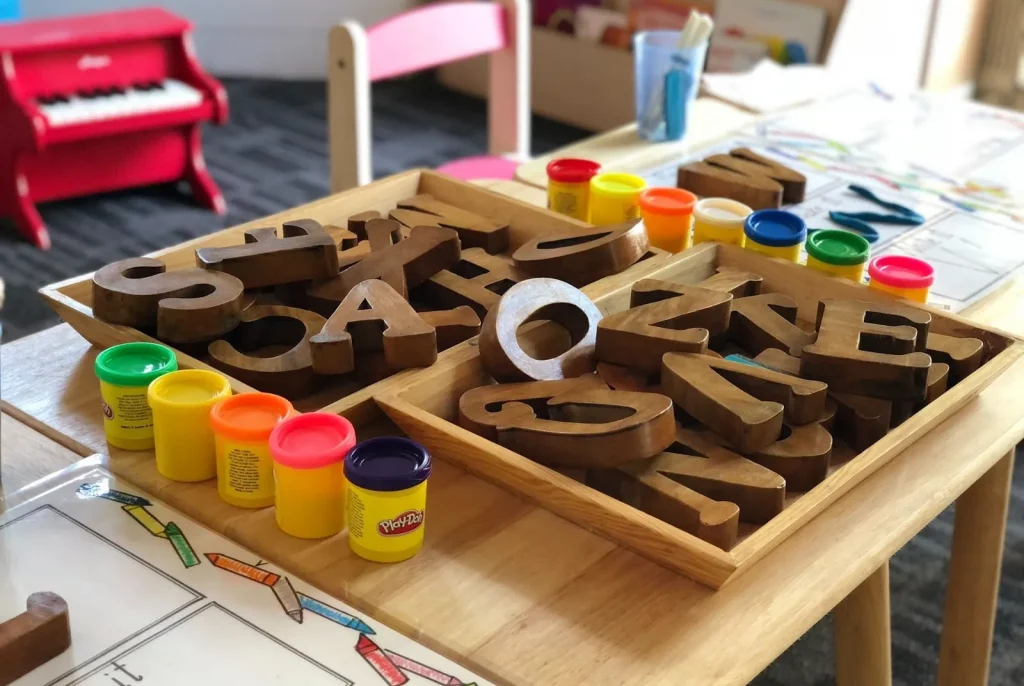
The major difference between kindergartens and nursery schools is that they are under the jurisdiction of different government agencies. Kindergartens are under the jurisdiction of the Ministry of Education, Culture, Sports, Science and Technology, while nursery schools are under the jurisdiction of the Ministry of Health, Labor and Welfare.
Kindergarten and preschool also differ in terms of the age at which a child can enter them. Kindergartens can enroll children from the age of three until they enter elementary school. In contrast, preschools are available from 57 days after birth until the child enters elementary school, i.e., from 0 to 6 years old.
See the table below for the differences between kindergartens and preschools.
| classification | kindergarten | Nursery (preschool) |
| competent (governmental) authorities | MEXT | Ministry of Health, Labour and Welfare |
| laws and regulations governing | School Education Law (Article 77) | Child Welfare Law (Article 39) |
| Facility Characteristics | Schools [not compulsory education]. | Child welfare facilities [municipalities are obligated to provide childcare]. |
| Objective | Early childhood education is the main focus. | Childcare for children who require childcare due to the employment of their parents or guardians Early childhood education through group living |
| entity | (Public) Local government (Private) School Corporation | (Public) Local government (Private) Social welfare corporations, companies, etc. |
| Age Range | 3 years old - before elementary school | 0 years old - before elementary school |
| Nursery hours | In principle, 4 hours (extended care available) | 8 hours in principle (maximum 11 hours) |
| Number of days of childcare | Weekdays (summer, winter and spring vacation available) | (Weekdays (Saturdays, Sundays, and holidays are also acceptable) |
| Childcare | Provides early childhood education | Providing integrated care and education |
How much does it cost? Cost Comparison of Kindergarten and Daycare
There are also differences in fees between kindergarten and preschool.
For public kindergartens, the monthly fee is approximately 5,000 yen. In contrast, private kindergartens generally cost between 20,000 yen and 50,000 yen per month, depending on the educational policy and the level of facilities. In addition, private kindergartens may require additional fees such as entrance fees and facility maintenance fees.
On the other hand, both private and public day-care centers set their fees according to the income of the parents in principle. The specific amount varies from municipality to municipality, but generally ranges from 0 to 100,000 yen per month.
In other words, the fees for kindergarten tend to be higher than those for preschool. However, kindergarten education for children aged 3 and older is free of charge under certain conditions, according to the "Free Preschool Education and Care" policy that began in October 2019.
About Japanese Kindergartens
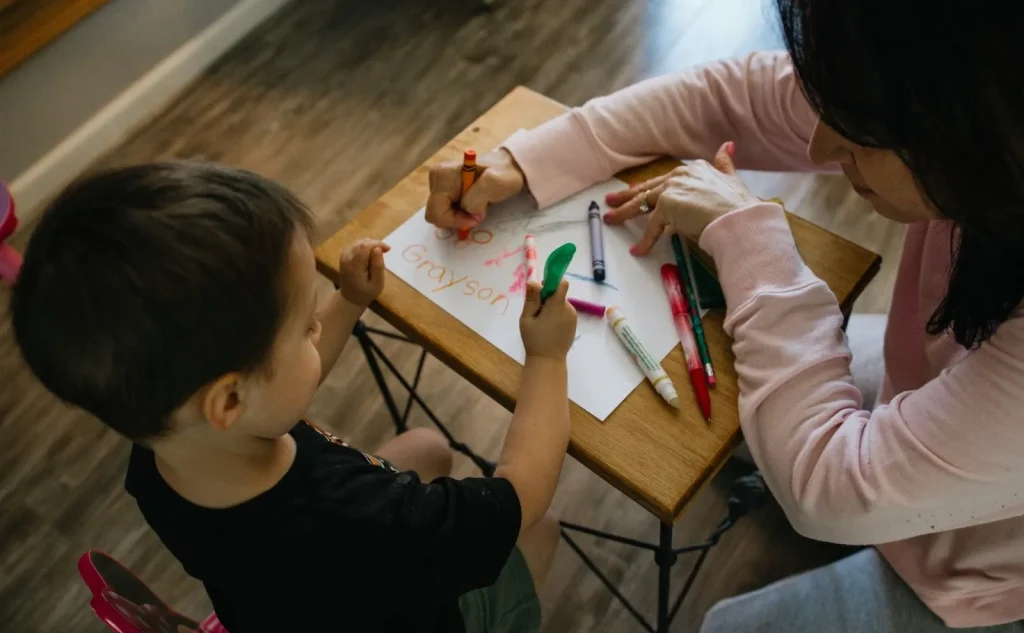
In general, nursery schools are positioned as child welfare facilities that provide care for children in place of their guardians when the guardians are unable to provide adequate care at home due to employment or other reasons. Kindergartens, on the other hand, are a type of school as defined by the School Education Law and function as a place to provide early childhood education.
In Japanese kindergartens, children are generally divided into the following classes according to their age.
- Class for 3-year-olds: Younger children (Nensho)
- 4-year-old class: middle of the year (middle of the year)
- 5 years old class: Senior (age 5)
For example, in everyday conversation, it may be used as follows
My son, this is his senior year, so he'll be in elementary school soon."
Now that he's in middle school, he's getting used to kindergarten.
Many kindergartens hold a variety of events throughout the year, beginning with the entrance ceremony in April. Typical annual events are as follows
May: Children's Day event, parent-child field trip June: Childcare observation, personal interview, medical checkup July: Tanabata Festival, overnight care (for older children), closing ceremony
August: Summer holidays
September: Opening ceremony, handover training October: Sports day, potato field trip, Halloween party November: Nursery visit, personal interview, medical checkup December: Life presentation, Christmas party, closing ceremony January: Opening ceremony, New Year's play February: Setsubun event, farewell field trip (for older children) March: Doll festival event, graduation ceremony (for older children), closing ceremony
| April | Entrance ceremony (for new students), Opening ceremony |
| May | Children's Day events (eating Kashiwa Mochi (rice cakes with oak leaves) and making Koinobori (carp streamers)), Parent-child excursions (parent-child contact with nature) |
| June | Childcare visit, individual interview, medical checkup |
| July | Tanabata Festival (Tanzaku, strips of paper with wishes written on them, are decorated on bamboo leaves), Overnight care (for older children), closing ceremony |
| August | Summer festivals (sometimes wearing yukata and dancing bon odori), summer vacation |
| September | Opening ceremony, handover training (training for parents to pick up their children in case of an emergency), The first time I went to the moon viewing party, I had to eat dango (dumplings) as a snack. |
| October | Sports Day (sometimes held in early summer, with parents and children participating in competitions), Potato field trip (out-of-school daycare to enjoy the taste of autumn), Halloween party (dress up, treats, etc.) |
| November | Childcare visit, individual interview, medical checkup |
| December | Life presentation (to show the results of daily childcare activities to parents), Christmas party, closing ceremony, winter vacation |
| January | Opening ceremony, New Year's play |
| February | Setsubun event (one of Japan's traditional events), Farewell excursion (out-of-school daycare for older children to reflect on memories of kindergarten life) |
| March | Hinamatsuri (Girls' Day) event (to celebrate the arrival of spring by decorating Hina Dolls), Graduation Ceremony (for older children), Completion Ceremony |
Although these events vary slightly from kindergarten to kindergarten, the year is a time of growth and seasonal change for the children.
About Japanese Kindergarten Testing
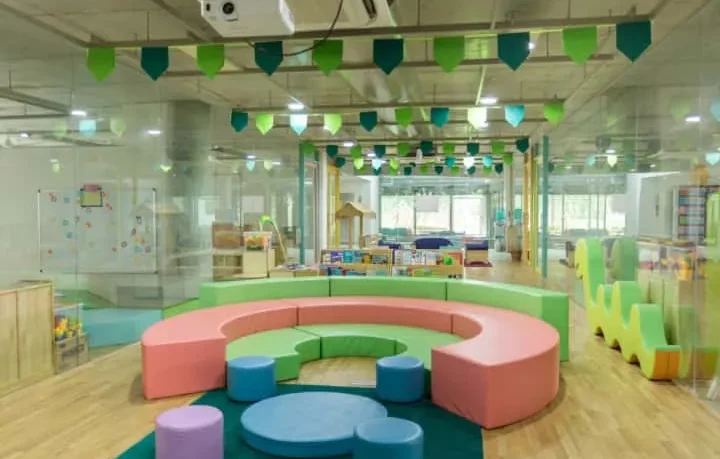
Some Japanese kindergartens conduct tests for admission. Kindergartens are broadly classified into private and public, but not necessarily only private kindergartens conduct tests. The fact is that there are several public kindergartens that do as well. It is important to check well in advance about the kindergartens you are interested in, including whether or not they have tests.
Many of the kindergartens that conduct entrance tests are operated by school corporations that have affiliated elementary schools through universities, the so-called "escalator system," as the case may be. In these kindergartens, children who receive a certain rating on the test have the advantage of being given priority to attend a school affiliated with the same school corporation after elementary school, which is compulsory education.
On the other hand, many kindergartens that do not require an entrance test take the stance of respecting the wishes of parents who share the educational philosophy of the kindergarten and wish to provide an education suited to their child. Public kindergartens that are rooted in the community often place more emphasis on getting to know the child's personality through interviews rather than tests.
In any case, regardless of whether there is an examination or not, the general pattern of the admission process is that after submitting an application form, an interview is conducted and a decision is made to admit the child to the kindergarten. During the interview, you will be asked a variety of questions, including the reason for applying to the kindergarten, how long it takes to commute to the school, and your child's personality. In some cases, there are also items to observe the child's behavior, the purpose of which is to determine what stage of development the child is in.
Serious employment support to help you realize your dream of working in Japan!

Do you want to work in Japan?
Let us "Goandup" make that dream a reality!
【 Program Features 】
✅ JLPT N3 level Japanese language acquisition
✅ Thorough preparation for the specific skills test
✅ Full support for job hunting in Japan
Business-focused one-on-one lessons will help you find a job in Japan in the shortest possible time.
【 Program Menu 】
- Individual Japanese language lessons
- Intensive curriculum to obtain N3, especially specialized lessons for business Japanese that can be used at work.
- Intensive curriculum to obtain N3, especially specialized lessons for business Japanese that can be used at work.
- Preparation for the Specific Skills Test
- Customized materials for specific skill tests will be used to focus on frequently asked questions and learning to pass the test.
- Customized materials for specific skill tests will be used to focus on frequently asked questions and learning to pass the test.
- Resume and CV support
- To create resumes and CVs tailored to Japanese corporate culture, and to brush up on self-promotion and motivation for application.
- To create resumes and CVs tailored to Japanese corporate culture, and to brush up on self-promotion and motivation for application.
- Interview Preparation
- Guidance on areas for improvement through mock interviews and feedback based on corporate interview scenarios. Learn interview etiquette and behavior unique to Japan.
- Guidance on areas for improvement through mock interviews and feedback based on corporate interview scenarios. Learn interview etiquette and behavior unique to Japan.
- career consulting
- Provide introductions to companies that match the participant's career goals, select companies to apply to, and provide advice on the level of knowledge required by the companies to which the participant is applying.
- Provide introductions to companies that match the participant's career goals, select companies to apply to, and provide advice on the level of knowledge required by the companies to which the participant is applying.
- Chat Support
- In addition to one-on-one individual lessons, we also accept casual questions via DM (visa application, living support, assistance in finding a room, etc.).
If you are serious about your career in Japan, join us now!
▶︎ for more informationclick here.
We will do our best to support your success in Japan!
summary
We have introduced the Japanese kindergarten system and annual events in detail. Let's look back at the key points.
- Japanese kindergartens are diverse, depending on the entity that established them, such as public or private.
- There are differences between kindergartens and preschools in terms of competent authorities, target age groups, and the nature of the facilities.
- Japanese kindergartens are generally divided into classes: youngest, middle, and oldest.
- The availability of tests for admission varies from kindergarten to kindergarten.
- We value the richness of the year's flow, incorporating seasonal events.
These are the basic structure and characteristics of kindergarten in Japan. Life in kindergarten is an important time for developing social skills through interactions with peers as well as nurturing the foundation for learning in elementary school and beyond.
In addition, Japanese kindergartens offer a variety of events throughout the year, so you will be able to enjoy watching your child grow and develop. We hope you have a wonderful time in Japan.
If you are considering an international school in Japan, please also read the following articles.
▶︎ International school navigation for all over Japan! Thorough explanation from rural to urban areas.
Your support will help us!
Thank you for visiting Goandup Picks. Our mission is to provide you with more useful information to show the world what Japan has to offer.
Your support will help us to further enhance our activities, so please support us!


